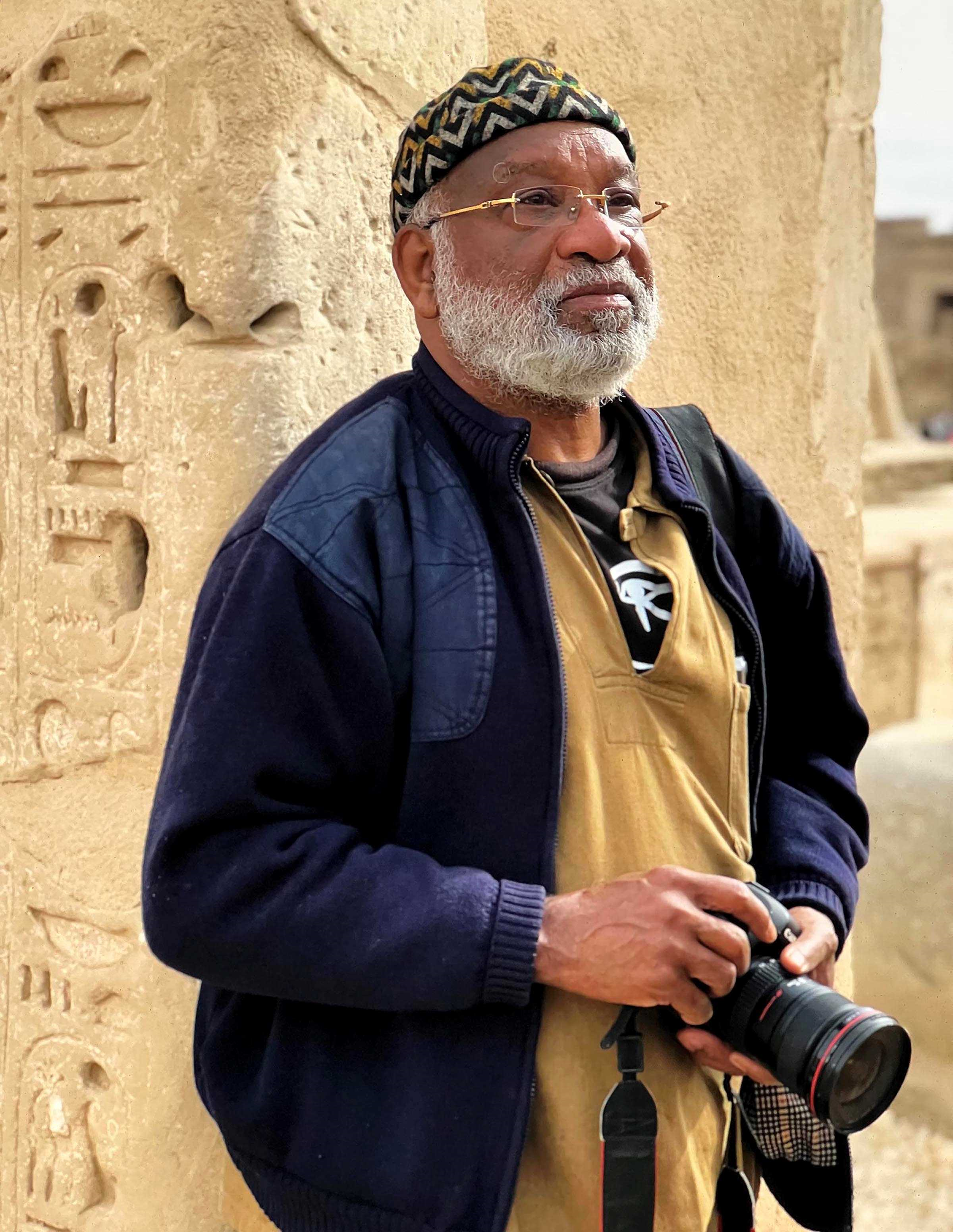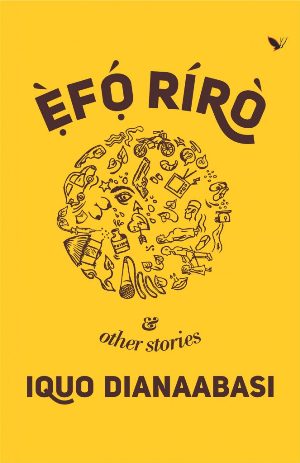Indigenous Pathways to SDG 9: How African Knowledge Can Build Industry, Innovation, and Infrastructure
Author: Pelumi Olatunji
Introduction
Have you ever wondered how people in Africa built cities, homes, and roads long before cement, steel, and imported machines arrived? Prior to Western influence spread across Nigeria and the rest of Africa, communities had their unique ways of creating strong buildings, organizing cities, managing water, and developing small industries. These indigenous practices were not just survival strategies; they were intelligent systems built over centuries.
Today, as the world works toward the United Nations Sustainable Development Goal 9—building resilient infrastructure, promoting innovation, and supporting industry—these methods have so much to teach us.
Before the West arrived
When European explorers and colonial administrators came to the Nigerian soil in the late 19th century, they met societies already thriving with their own technologies and structures. In the south, the Yoruba people built courtyards and homes that allowed for natural ventilation in the hot climate. The Benin Kingdom had one of the world’s largest earthworks, “The Benin Moat”, designed to protect the city and organize space. The Nok culture, dating back over 2,000 years, mastered iron smelting, a technology that fueled tools, farming, and trade across West Africa.

Credit: Historical Nigeria, Facebook
In the north, Hausa and Fulani architects mastered mud architecture, creating tall walls and mosques such as the famous “Gobarau Minaret” in Katsina. The minaret is part of a former mosque built in the 15th century during the reign of Sarkin Katsina, Muhammadu Korau 1445 -1495. These structures, made with earth and strengthened with local additives, still stand as symbols of resilience.

Credit: Historical Nigeria, Facebook
These examples show that African societies had systems of industry and infrastructure before the advent of imported technology. What they built was not only efficient but also beautiful, culturally appropriate, and suited to their climate and environment. These early systems show that innovation in Africa did not begin with machines—it began with observation and adaptation.
Indigenous Building Materials and Architecture
One of the most obvious indigenous methods in Nigeria and Africa is the use of local building materials. People built homes and public spaces with clay, mud, bamboo, raffia palm, stone, and timber. These materials were cheap, available, and easy to replace. They also created houses that stayed cool during hot seasons and warm when the weather was cold.
For example, Yoruba houses with wide courtyards allowed families to socialize in open air while staying safe within walls. High sloping roofs made from thatch or palm fronds kept rain out and let hot air rise. In northern Nigeria, mud houses with thick walls shielded people from the harsh desert sun. These were not random choices, they were scientific in their own way, based on deep observation of climate, soil, and human comfort.
Today, architects are revisiting these designs. Rammed earth and stabilized mud blocks are being used in modern construction to cut costs and reduce the use of cement, which produces high levels of carbon emissions. The message is clear: indigenous materials can build modern homes that are affordable, durable, and climate-friendly.
Water Management and Agriculture
Before modern dams, taps, and pipelines, African communities had their own ways of conducting water management. In Nigeria, farmers collected rainwater in clay pots and small reservoirs. In the Sahel, people practiced terrace farming on hillsides to control erosion and direct water to crops.
One of the most remarkable examples comes from ancient Egypt, the “Shaduf irrigation system”. The Shaduf was a simple but clever device invented around 1500 BC. It used a long wooden pole balanced on a frame, with a bucket on one end and a counterweight on the other. With it, farmers could easily lift water from the Nile River or canals and pour it into fields. This system powered Egypt’s farming for centuries, supporting the growth of one of the world’s earliest civilizations. The Shaduf showed how innovation could spring from observing nature and solving local needs, and it influenced irrigation practices across Africa and the Middle East.

Credit: Wikipedia
These systems may look simple or rudimentary, but they are powerful. They ensured food security for generations without damaging the land. They also taught people to live in harmony with their environment, taking only what they needed. In today’s world of climate change and water shortages, these practices are being studied again. They offer cheaper and more sustainable options than massive, expensive dams that often harm ecosystems.
Indigenous Industry and Technology
Industry is not new to Africa. Some of the earliest examples of smelting iron come from Nigeria’s Nok culture, which thrived over 2,000 years ago. Iron tools made farming easier and boosted local economies. In Yoruba lands, blacksmiths created hoes, cutlasses, and weapons.
In what today is known as Niger State in the northern part of Nigeria, the ancient craft of glass making has flourished. This indigenous industry, organized around guilds, was largely hereditary with skills carefully passed down from one generation to the next. The most famous example is the Bida beadmaking tradition, where artisans produce beautiful glass beads that carry cultural, economic, and social value across West Africa. In recent years, thanks to the tremendous work of Chief Lesley Labididi, a cultural historian, this legacy has been revived. Her richly narrated 2021 documentary on the Bida beads, titled The Lost Legacy of Bida Bikini, (Bida glass beads) brought the craft to global attention — recognition that played a key role in influencing UNESCO’s decision to designate Bida a Creative City in 2022 under its Creative Cities Network.


Credit: Chief Lesley Lababidi - Ambassador for Cultural Heritage of Nupeland
Credit: Chief Lesley Lababidi - Ambassador for Cultural Heritage of Nupeland
Across Nigeria, potters, weavers, and carvers turned local materials into goods for trade. These were industries powered by local knowledge. Colonialism disrupted many of these systems. Imported goods and Western industries were seen as superior, while indigenous skills were neglected or dismissed. But the fact is that these industries were sustainable, locally established, and created jobs within communities.
Today, some groups are reviving this knowledge. Pottery centers, cloth-weaving industries, and indigenous oil processing techniques are being re-examined and improved with modern tools. This blend of tradition and modernity could form the backbone of small and medium industries that can drive inclusive growth in Africa.
Innovation Born of Necessity
Not all innovation is related to digital tools or space travel. Occasionally innovation is the innovative solution to a common issue using what there is available. Africans have been practicing resourcefulness for centuries. Think about how raffia palm was used to create baskets, mats, and even houses. Or the way gourds and calabashes were used to store things and create musical instruments. These were creative, eco-friendly solutions, using what nature has provided.
The spirit of innovation persists today. Nigerian chemical engineers are now merging traditional wisdom with cutting-edge science. Examples of this include the making of a bioplastic from waste cassava or building blocks from a mixture of soil and recyclable plastic. These ideas show that indigenous knowledge is not outdated; it is a foundation for modern innovation.
Why Indigenous Knowledge Matters for SDG 9
The Sustainable Development Goal 9 is about building infrastructure that is resilient, creating industries that include everyone, and encouraging innovation. Indigenous knowledge matters because it offers answers to all three:

Credit: Wikipedia
- It is cost-effective, as the material is easily available and inexpensive.
- It is sustainable, as it uses low-carbon methodologies and respects nature.
- It is durable, as these methods were experimented for centuries in harsh weather conditions.
- It is inclusive because it values local talents, employs locals, and boosts community identity.
Conclusion
African history and innovation in infrastructure did not begin with colonialism or with foreign technology. It began thousands of years ago when Africans learned to build with earth, to utilize water efficiently, to build cities for convenience, and to establish industries from local skills. They were there many centuries before Western invasion, and they have lessons still to impart today.
If Nigeria and other African countries can reconnect with this heritage, upgrade it through research and modern science (Target 9.5), and scale it with inclusive, sustainable industrial policies (Target 9.2), they can achieve SDG 9 in a way that is uniquely African, deeply sustainable, and truly inclusive.
The future of industry, innovation, and infrastructure may not lie only in glass towers or imported machines. It may also lie in the wisdom of clay walls, shaded courtyards, and the resilient spirit of indigenous knowledge.
Bibliography
Ancient Egypt Water Engineering. Ancient Engineering Technologies, University of Wisconsin–Madison. Available at: https://ancientengrtech.wisc.edu/ancient-egypt-water-engineering/
Dawaka, A., et al. “Production of Bioplastics from Cassava and Potato Peel Wastes Using Glycerol and Sorbitol as Plasticizers with CaCO? as Filler.” Journal of the Nigerian Society of Chemical Engineers, vol. 39, no. 3, 2024.
Edo Affairs. “The Benin Moat – Largest Man-Made Earthworks.” Edo Affairs. Available at: https://edoaffairs.com/benin-moat/
Faruk, Muhammed. “Gobarau Minaret, Katsina: A Timeless Symbol of Northern Nigeria’s Rich History and Islamic Heritage.” Arewa.ng. Available at: https://arewa.ng/gobarau-minaret/
Gift, Oba. “Adire: Stakeholders Urge Government to Support Indigenous Textile Industry.” Daily Post Nigeria, 15 Nov. 2024. Available at: https://dailypost.ng/2024/11/15/adire-stakeholders-urge-govt-to-support-indigenous-textile-industry/
“Goal 4: Quality Education.” United Nations Department of Economic and Social Affairs (UN DESA). Available at: https://sdgs.un.org/goals/goal4
Goal 9: Industry, Innovation and Infrastructure.” United Nations Department of Economic and Social Affairs, https://sdgs.un.org/goals/goal9
Gabi-Williams, Olatoun. “Interview with Chief Lesley Lababidi.” Borders Literature for All Nations. Available at: https://bordersliteratureonline.net/globaldetail/Lesley-Lababidi
Pelumi Olatunji - Profile
Mr. Olatunji Pelumi is a First-Class graduate of History (B.A. History) from the University of Ibadan, Nigeria. At the University’s 76th Convocation Ceremony on November 13, 2024, he was recognized with five academic prizes for excellence:
- Best Graduating Student, Department of History
- The Abisola Gabi-Williams History Prize for the Best Graduating Student
- The Professor Olatunji Oluwatimilehin Endowment Fund
- The Dr. Robert Bradbury Memorial Prize
- The Professor Obaro Ekime Award for Best Graduating Male
Pelumi’s research interests span global history, African history, politics, and economics. In 2023, he published an article with the Global History Dialogues at Princeton University, USA, titled China’s Increasing Interest in Africa: An Act of Neo-colonialism or Developmental Relationship? Nigeria as a Case Study. The work examines the dynamics of the Sino-Nigerian relationship, assessing whether it constitutes a developmental partnership or a neo-colonial arrangement.
Beyond academia, Pelumi has been recognized for his leadership potential. In August 2025, he was named one of the Top 100 Africa Future Leaders, an honor reserved for young Africans whose vision and work reflect promise in shaping the continent’s future.
Pelumi is a public policy enthusiast, with a growing focus on the intersection of history and policy. His long-term mission is to apply rigorous historical research to inform public policy and address complex socioeconomic and political challenges. With plans to pursue a Master’s degree in Public Policy, Pelumi is committed to advancing innovative, history-informed solutions that contribute to governance, development, and policy scholarship.

Author: Pelumi Olatunji
About the African Perspectives Series
TheAfrican Perspective Series was launched at the 2022 Nigeria International Book Fair with the first set of commissioned papers written and presented by authors of the UN SDG Book Club African Chapter. The objective of African Perspectives is to have African authors contribute to the global conversation around development challenges afflicting the African continent and to publish these important papers on Borders Literature for all Nations, in the SDG Book Club Africa blog hosted in Stories at UN Namibia, on pan-African.net and other suitable platforms. In this way, our authors' ideas about the way forward for African development, can reach the widest possible interested audience. The African Perspectives Series is an initiative and property of Borders Literature for all Nations.
Copyright Statement
First published on Borders Literature for All Nations (www.bordersliteratureonline.net) as part of the African Perspectives Series.
Borders Literature for All Nations is registered with the Nigerian Copyright Commission (NCC). Registration No. LW0620.
All rights reserved. Please credit the author and site when sharing excerpts.
For permissions, contact: info@bordersliteratureonline.net cc: bordersprimer@gmail.com
Updated and re-illustrated edition prepared for the anthology Living Sustainably Here: African Perspectives on the SDGs (2026).
© 2026, Selina Publications, (A division of Selina Ventures Limited)
Selina House, 4 Idowu Martins Street, Victoria Island, Lagos, Nigeria
Email: selinaventures2013@yahoo.com



